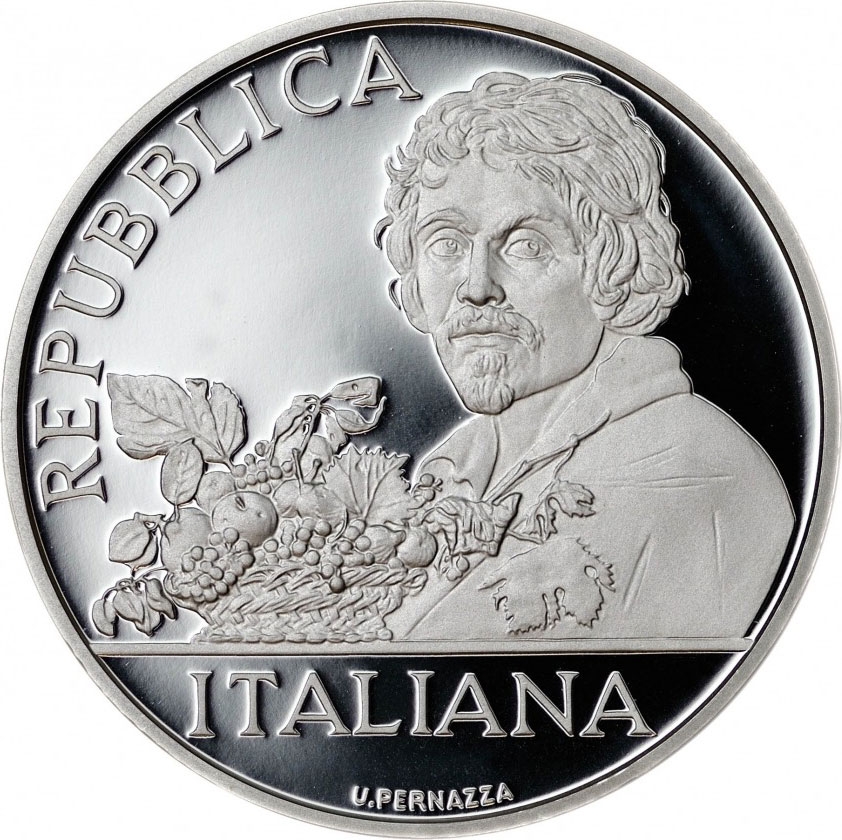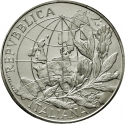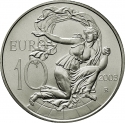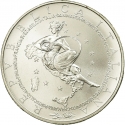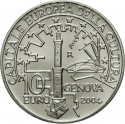You are about to finish your registration. Please check your mailbox (including spam folder). There should be a letter with a confirmation link. Check setting to make sure that your e-mail address is correct.
Send letter againDescription
Michelangelo Merisi da Caravaggio (1571–1610) was an Italian painter active in Rome for most of his artistic life. His paintings combine a realistic observation of the human state, both physical and emotional, with a dramatic use of lighting, which had a formative influence on Baroque painting.
Caravaggio employed close physical observation with a dramatic use of chiaroscuro that came to be known as tenebrism. He made the technique a dominant stylistic element, darkening shadows and transfixing subjects in bright shafts of light. Caravaggio vividly expressed crucial moments and scenes, often featuring violent struggles, torture, and death. He worked rapidly, with live models, preferring to forgo drawings and work directly onto the canvas. His influence on the new Baroque style that emerged from Mannerism was profound. It can be seen directly or indirectly in the work of Peter Paul Rubens, Jusepe de Ribera, Gian Lorenzo Bernini, and Rembrandt, and artists in the following generation heavily under his influence were called the "Caravaggisti" (or "Caravagesques"), as well as tenebrists or tenebrosi ("shadowists").
Caravaggio's innovations inspired Baroque painting, but the Baroque incorporated the drama of his chiaroscuro without the psychological realism. The style evolved and fashions changed, and Caravaggio fell out of favor. In the 20th century interest in his work revived, and his importance to the development of Western art was reevaluated.
Artist: Uliana Pernazza
Obverse

|
Caravaggio’s portrait combined with the painting “Basket of Fruit”; at the base of this composition the inscription “ITALIANA” and the name of the designer “U. PERNAZZA”; on the left the arch-shaped inscription “REPUBBLICA”. REPUBBLICA |
|---|---|
Reverse

|
Depicts a reproduction of the painting "Head of Medusa". The value below, with the mintmark at right. • 1610 MICHELANGELO MERISI • IL CARAVAGGIO 2010 |
| Edge |
